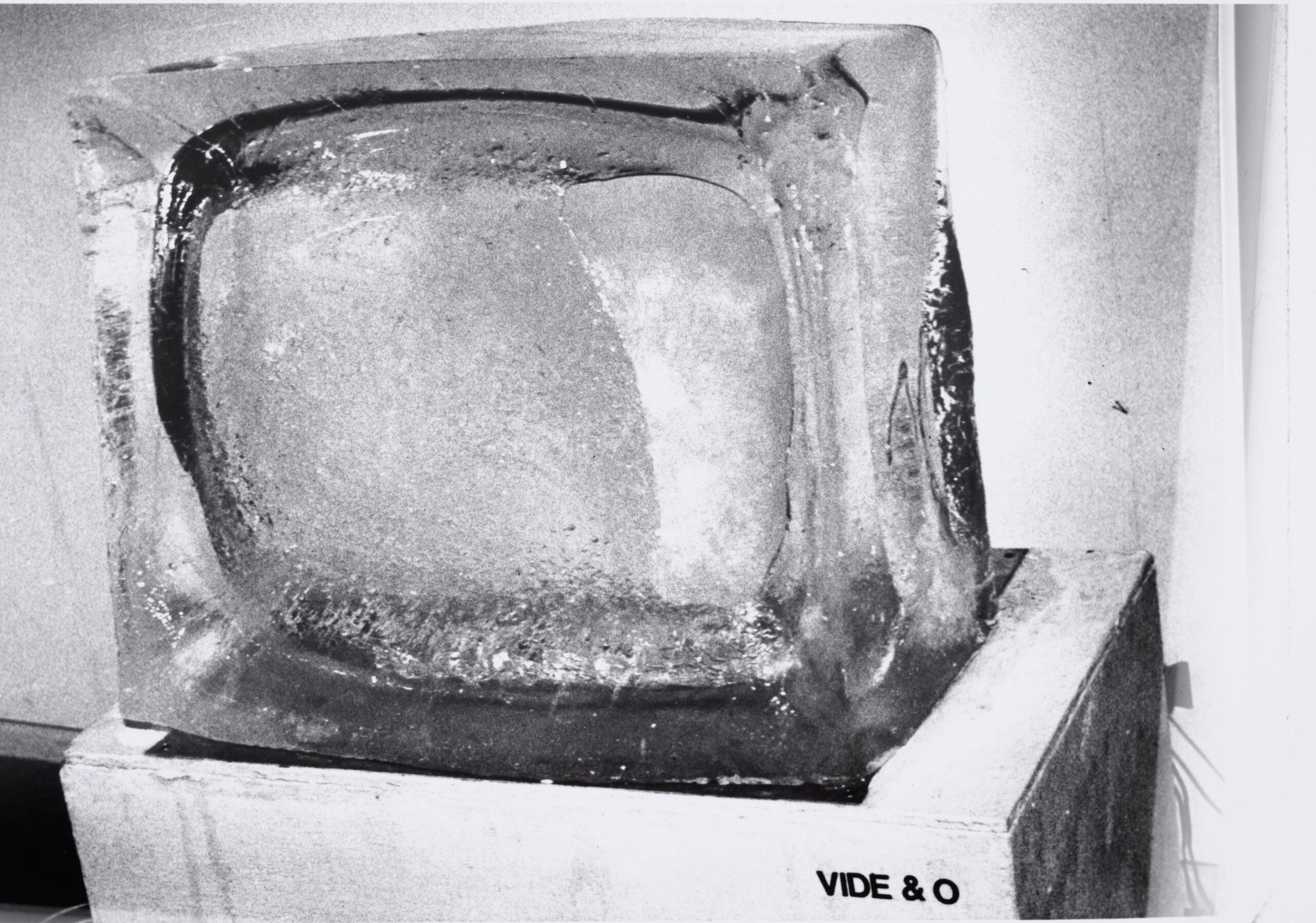
The ZKM Collection
With the exhibition »The Story That Never Ends. The ZKM Collection«, the ZKM | Karlsruhe provides a new insight into its own collection, which, with around 12,000 works, is one of the largest and most important media art collections in the world. Based on the presentation of iconic works and archive material from the ZKM’s holdings, the exhibition not only tells of the interwoven stories of art and technology, but also of the challenges that ephemeral technological media pose for museums around the world.
The History of Media Art from the 1950s to the Present Day
Electrification and digitalization have changed the world. This change not only affects our everyday lives, but also has an impact on artistic creation. Artists have been using these rapidly developing technologies since the beginning of the twentieth century, continuously expanding the expressive possibilities of art: The spectrum ranges from video, light and sound artworks to motor-driven kinetic objects, computer-based interactive installations and works created with the help of artificial intelligence.
With a selection of around 100 works, »The Story That Never Ends« traces these lines of development of the apparatus-based arts and their opening up to the categories of space, time and movement as well as interaction and participation from the 1950s to the present day. A selection of important key works, representing important moments and milestones in media art, illustrate the diversity and influence of these technological developments. Marie-Jo Lafontaine’s monumental video sculpture »Les larmes d’acier« (1987), with which she ironically deconstructs the complex conceptual constellations of „man, machine, power and sexuality“ in a paradigmatic way, Bill Viola’s video-sound installation »Stations« (1994), which unites central aspects of his artistic work and fundamental themes of human existence, and Jeffrey Shaw’s »Virtual Sculpture« (1981), which stands for early experiments in augmented reality, form a small selection of examples here.